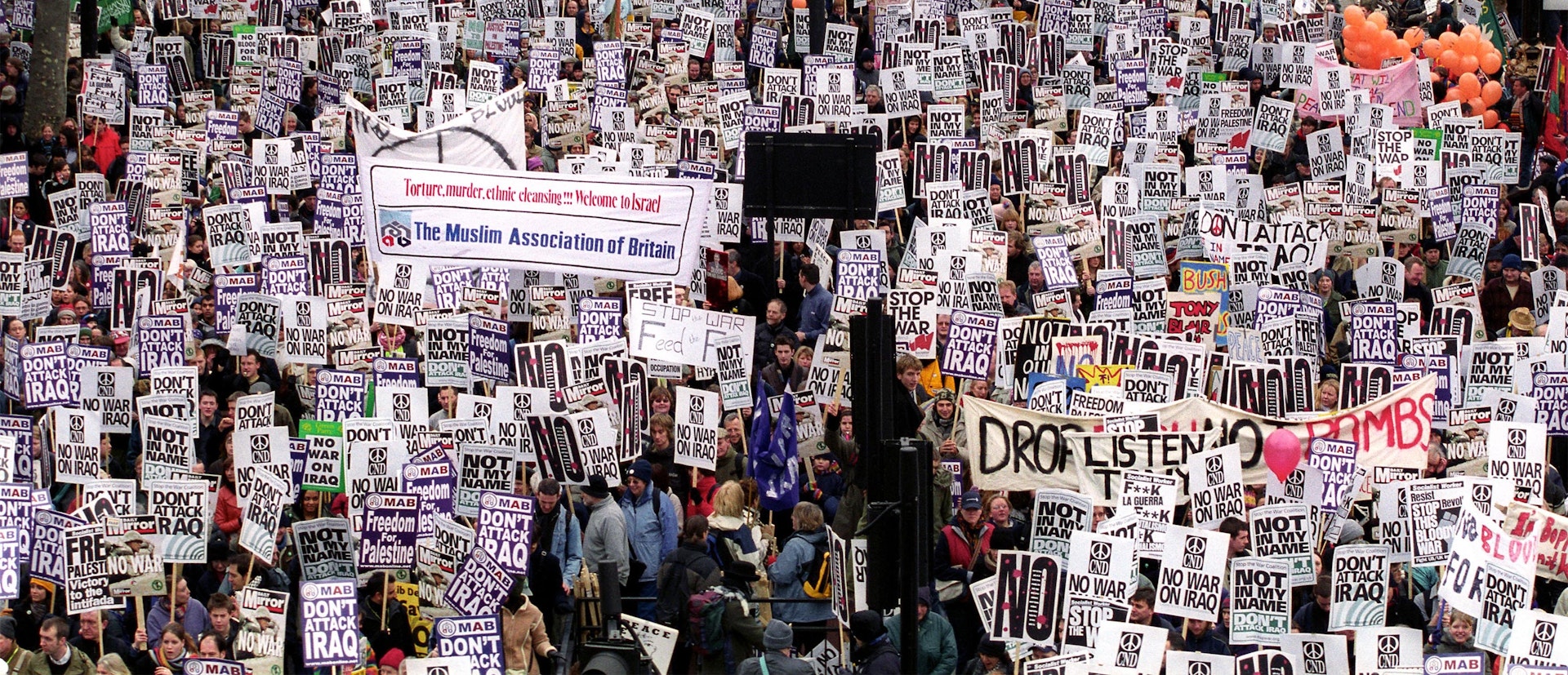
Return of the Rudeboy
- Text by Alex King
- Photography by Dean Chalkley
Rudeboys effortlessly look forward and back, channelling influences that stretch as far as early twentieth century Jamaica and beyond, while at the same time twisting, reinventing and innovating. Photographer Dean Chalkley and fashion creative director Harris Elliott noticed the growth of this immaculately dressed subculture on the streets of London and felt they had to document it. Their Return of the Rudeboy exhibition at Somerset House announces the birth of the new 21st century Rudeboy and celebrates the swagger, sartorial flare and sounds of this emerging movement.
How would you describe a Rudeboy?
Harris: A Rudeboy is not merely a code for getting dressed but a core spirit which says ‘I am a Buffalo Soldier, I take on every challenge, and opportunity, by breaking the mould and finding my own way to express myself’.
Dean: There are a couple of different elements. Firstly there is an outward sartorial nature to things which draws on influences coming down through the past. The whole notion of a Rudeboy is something that drifts back into the past but a 21st century Rudeboy is referencing elements from the past but in a forward thinking way. It’s very much of this moment. It’s not wallowing in some historic fantasy, it’s more of a dynamic, forward looking movement. There’s also a swagger and a confidence in wearing the clothes as well, which is important.
What attracted you to Rudeboys?
Dean: Ever since being a kid I’ve been into Mod culture. In a similar way some people perceive that as being seated in particular decades, where in fact it’s an ongoing proposition, it’s something that’s constantly evolving. There are parallels between mods and Rudeboys, and there was a great crossover point the late 1950’s and early 1960’s when there was huge cultural cross pollination, mainly occurring in clubs in London.
A number of influential DJs were playing ska, like Count Suckle and Duke Vin, and they played a part in importing music and style from Jamaica, which was crossing over into British culture at the time through the Mods. Mods would go go down to these clubs to listen to ska music and it was almost like the first subcultural crossover. That’s why there’s a great affinity with Mods and ska music and all that has gone along with that style of music. There’s a real appreciation for soul music, ska, rocksteady and lots of other things that have come since then.
When I was a kid and even to this day I have something inside me that appreciates those sort of things. Independently, I and Harris noticed something going on and we had to talk about it. It’s very exciting to see people expressing themselves creatively and having fun with it.
Harris: There is a gap in the market, more and more people are expressing a Rudeboy attitude. I love style and culture and wanted to express this story.
Do you have any personal connection to that culture?
Harris: My heritage is Jamaican, so I have inherited a spirit that definitely hails back to there.
Why did you feel it was necessary to include music in the exhibition?
Harris: Every Rudeboy has a soundtrack that they listen to, music motivates others to try and chill or be inspired. In the gallery space the music draws you in and allows you to engage in with the same soundscape that we conceived the project with.
What do you hope viewers took away from the exhibition?
Harris: To be inspired that style tribes are not dead, and that individual thought is not dead, positivity.
Dean: We want people to come in and be inspired. To recognise that this is happening now. I hope people leave the gallery and will be walking down the road and will notice what’s going on in the streets. It will get people aware of what’s going on.
Return of the Rudeboy opens at Somerset House, London Friday, 13 June. Head down on Tuesday, June 17 for a special screening of the iconic 1980s London drama Babylon with a Q&A with Victor Romero Evans.
